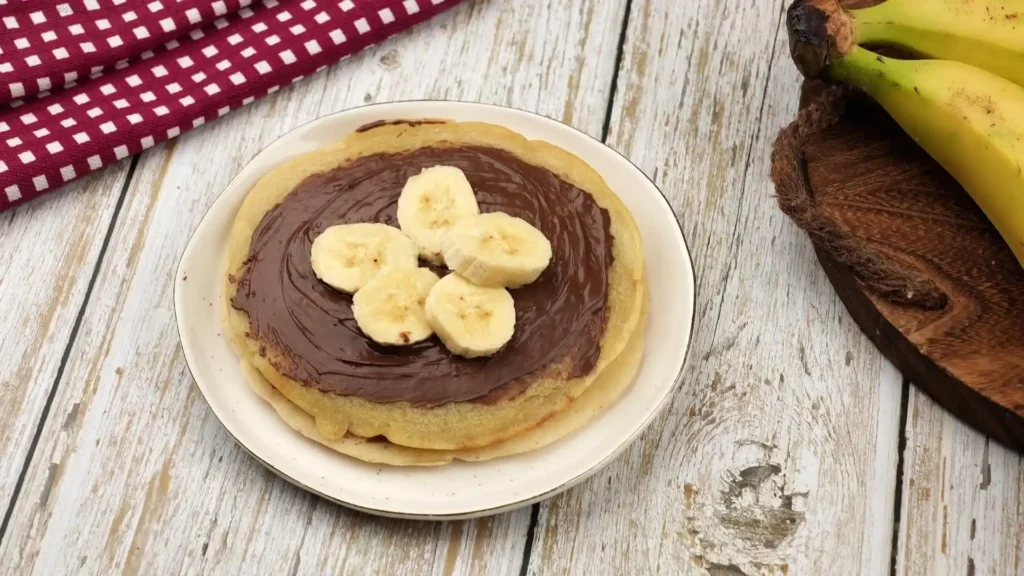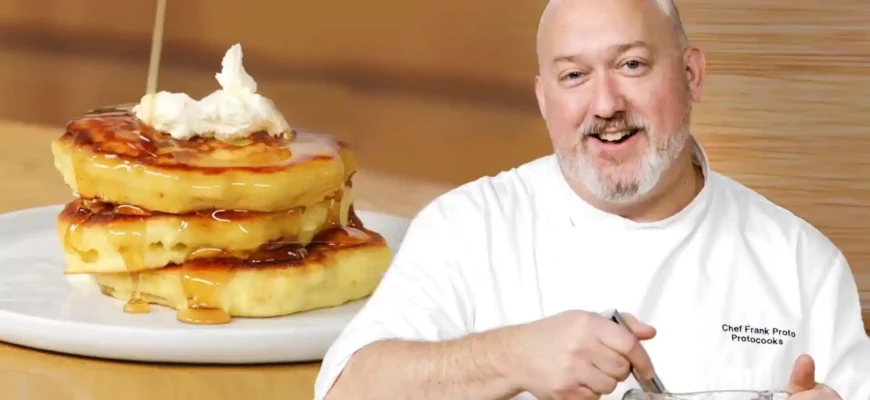Baking cookies is a cherished tradition for many of us—whether it’s during the holidays, as a treat for your family, or just because. But sometimes, you find yourself without an essential ingredient like baking soda. Don’t panic! It’s entirely possible to make delicious cookies without it, and I’m here to guide you through how to do it, step by step.
Now, you might be wondering why we need baking soda in the first place. Baking soda, or sodium bicarbonate, is a leavening agent that helps cookies rise and become light and fluffy. It reacts with acidic ingredients in your dough, producing carbon dioxide gas that causes the dough to puff up. This is especially important for cookies like chocolate chip or snickerdoodles, where you want that perfect balance of chewy inside and slightly crisp outside.
But if you’re out of baking soda—or prefer to avoid it for dietary or health reasons—there are several ways to achieve similar results. Let’s dive into the most reliable alternatives, a few tips, and some general advice on how to handle this situation like a pro.
Why You Might Want to Skip Baking Soda
Before jumping into the alternatives, let’s take a moment to understand why you might choose to make cookies without baking soda in the first place. There are a few reasons for this:
- Health Concerns: Some people prefer to avoid sodium bicarbonate for various health reasons, such as those on a low-sodium diet.
- Ingredient Availability: Perhaps you’ve run out of baking soda (or can’t find it in your pantry), and you don’t want to make a special trip to the store.
- Dietary Preferences: If you’re vegan or gluten-free, certain recipes call for substituting baking soda with other leavening agents or natural alternatives.
Whatever your reason may be, let’s explore the options.
The Best Baking Soda Substitutes
1. Baking Powder
If you have baking powder on hand, you’re in luck! It’s a great substitute for baking soda in cookie recipes. Baking powder contains both an acid (cream of tartar) and a base (baking soda), which makes it work as a leavening agent on its own.
- How to use it: For every teaspoon of baking soda, you can use about 3 teaspoons of baking powder. Keep in mind that this may slightly change the flavor and texture of your cookies, as baking powder is a bit more neutral in taste than baking soda. So, you might need to adjust other ingredients accordingly.
Tip: If you’re trying to make cookies that are normally very crisp, such as snickerdoodles, baking powder may result in a slightly softer cookie, so you may need to adjust the oven temperature or baking time slightly.
2. Self-Raising Flour
If you don’t have baking soda or baking powder, self-raising flour can do the trick. This type of flour is pre-mixed with a leavening agent (usually baking powder).
- How to use it: Simply replace the regular flour in your recipe with self-raising flour. However, be careful with this substitution if your recipe already calls for baking soda, as the additional leavening from the flour could make your cookies rise too much and become overly fluffy.
3. Yeast
Now, this may sound like an odd choice for cookies, but yeast can be a great alternative if you’re looking for a different texture—think of soft, chewy cookies with a slight bread-like consistency.
- How to use it: Yeast requires time to activate, so you’ll need to let your dough rest for a while. This won’t produce the same immediate puffing action as baking soda, but it will give your cookies a pleasant, chewy texture. Just be aware that yeast can introduce a slightly different flavor profile to your cookies, which may or may not be desirable.
4. Vinegar and Cornstarch
If you’re looking for a substitute that mimics the chemical reaction of baking soda and acid, vinegar and cornstarch are a good choice. Vinegar, especially when paired with cornstarch, can mimic the rise that baking soda provides.

- How to use it: For every teaspoon of baking soda, use 2 teaspoons of vinegar plus 1 tablespoon of cornstarch. Mix the vinegar with the cornstarch and add it to your dough. This combination will create bubbles, giving your cookies a slight rise.
Tip: Vinegar can leave a slight tangy taste in your cookies, so use it only if the flavor fits with your recipe (it works well in recipes like chocolate cookies or ginger snaps).
5. Buttermilk
Buttermilk, another acidic ingredient, can help your cookies rise. It’s especially useful in cookie recipes that already include milk.
- How to use it: Replace some or all of the liquid in your recipe with buttermilk. You may also want to reduce other acidic ingredients to maintain balance in the dough. Note that buttermilk can result in a denser texture compared to baking soda.
6. Egg Whites
Egg whites, when whipped, can provide the airiness and rise that baking soda offers. This method works best for cookies that are meant to be light and airy, such as meringues.
- How to use it: Whip egg whites until stiff peaks form, and fold them into your cookie dough. This will provide lift and fluff, but it may change the texture and spread of your cookies.
Tips for Perfect Cookies Without Baking Soda
- Adjust Oven Temperature: Without the chemical leavening from baking soda, your cookies may take slightly longer to bake. Consider reducing the oven temperature by 10-15 degrees Fahrenheit (5-8°C) to prevent overbaking.
- Watch Your Consistency: Dough without baking soda can be denser, so make sure to adjust the flour and liquid ratios as needed. If your dough is too dry, add a little extra liquid; if it’s too sticky, add more flour.
- Flavor Adjustments: Baking soda contributes to the slight browning and caramelization of cookies. If you substitute with baking powder, you might miss that signature crisp edge, but adjusting sugar levels or adding a little molasses or honey can help restore some of that depth.
- Test Small Batches: If you’re experimenting with substitutes, try making a small batch first. It’s better to tweak the recipe as you go than to end up with a whole batch of cookies that don’t meet your expectations.
Real-Life Opinions: What Do People Think About Baking Cookies Without Baking Soda?
Here are a few different perspectives from folks who’ve tried making cookies without baking soda:
- Samantha, 29, USA: “I didn’t have any baking soda and tried using self-raising flour instead. Honestly, the cookies turned out great! They were a bit softer than usual, but everyone loved them. I’d do it again if I ran out of baking soda.”
- Carlos, 54, Spain: “I like to make cookies with baking powder, especially if I’m in a hurry. It changes the texture a bit, but I think the trade-off is worth it. I also have to remind myself not to overmix the dough, or the cookies turn out too thick.”
- Amina, 47, Egypt: “I’ve tried using yeast in cookie dough before. It’s a fun experiment, but I prefer it when I’m making something like a soft bread roll or a yeast cake. For regular cookies, I stick with baking powder—it’s just easier.”
- Liam, 61, Canada: “When I ran out of baking soda, I used a bit of cornstarch and vinegar. I didn’t know what to expect, but it worked quite well. I wouldn’t use it for every recipe, but for chocolate chip cookies, it was fine.”
- Tariq, 33, India: “I’ve tried making cookies with buttermilk, and I love how it adds flavor. But it does make the cookies denser. I save this method for when I’m making something richer, like chocolate or nut-based cookies.”
Conclusion
Making cookies without baking soda is not only possible, but it can be a fun and creative challenge. Whether you’re avoiding baking soda for health reasons, out of necessity, or just curious about different textures, there’s a substitute out there that will help you bake delicious treats. Just keep in mind that each alternative will give your cookies a slightly different texture and taste. So, experiment a bit, find the right balance, and enjoy your homemade creations. Happy baking!









